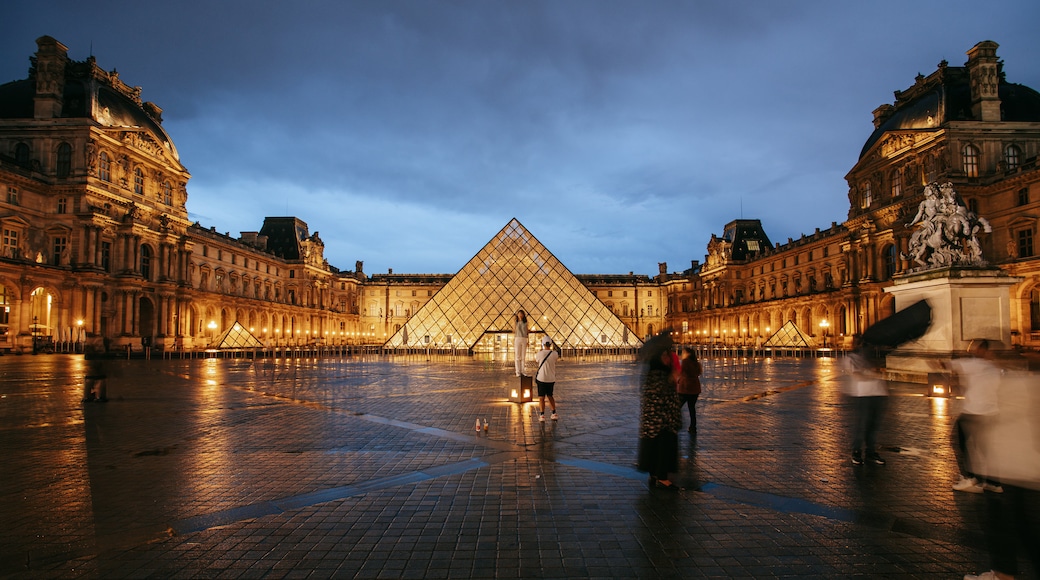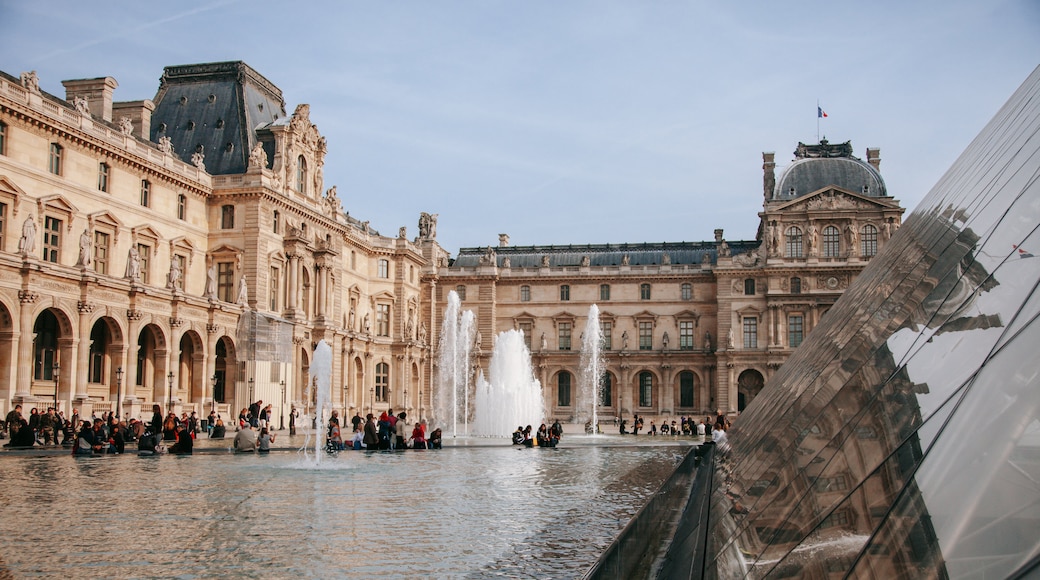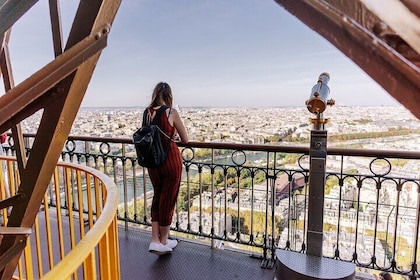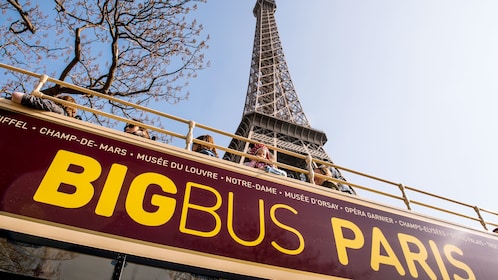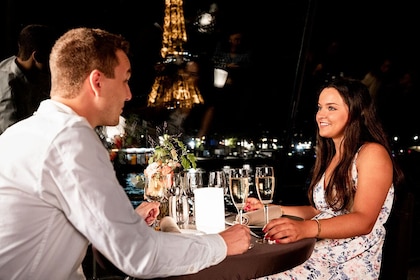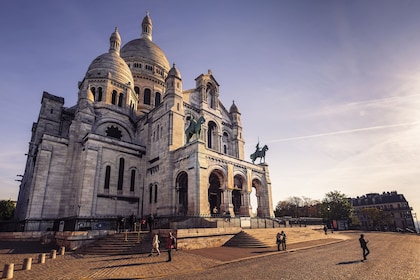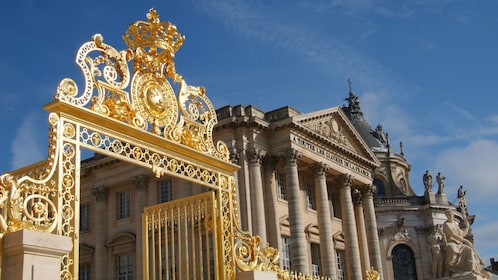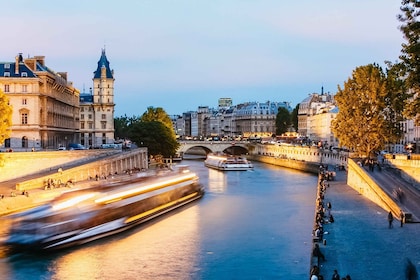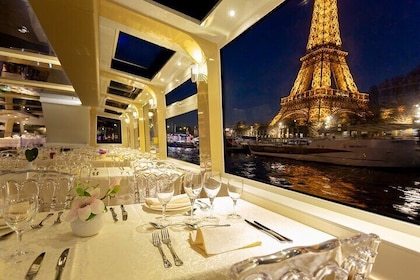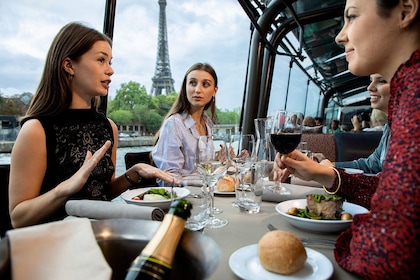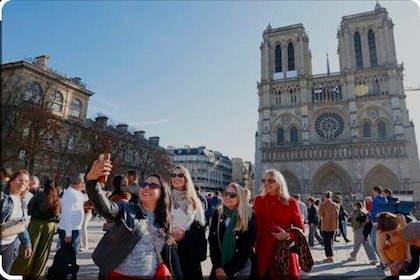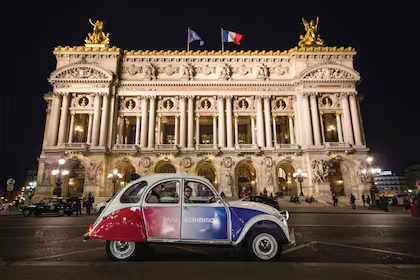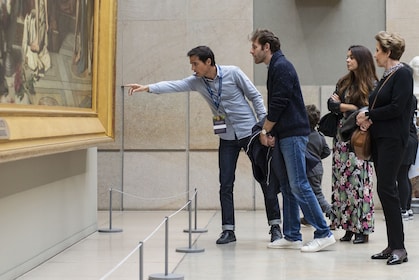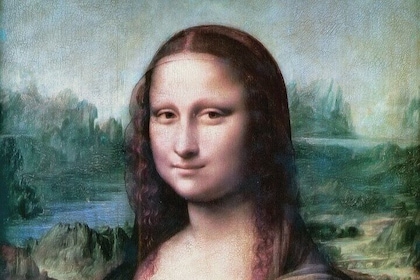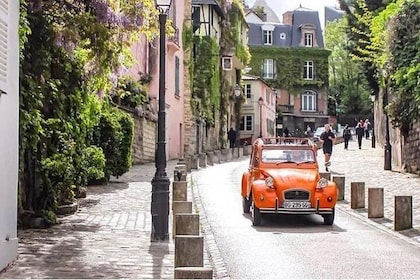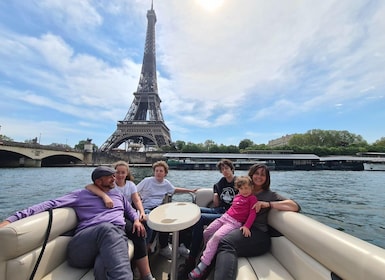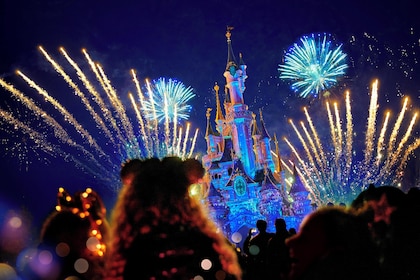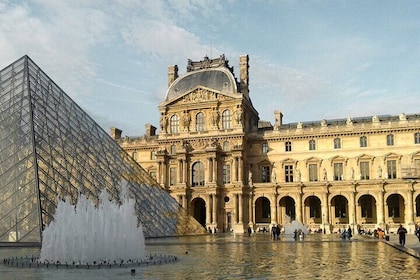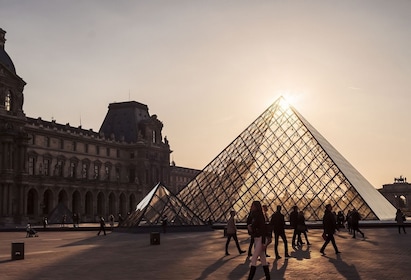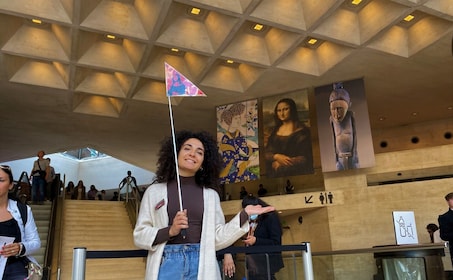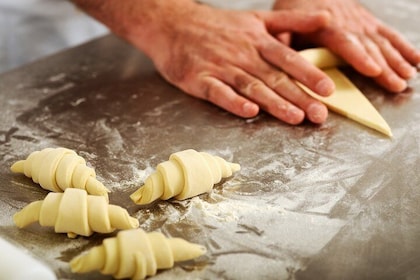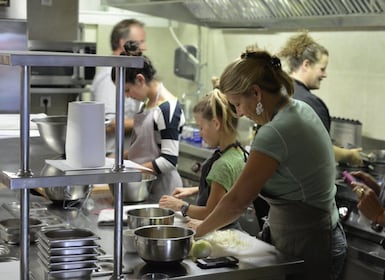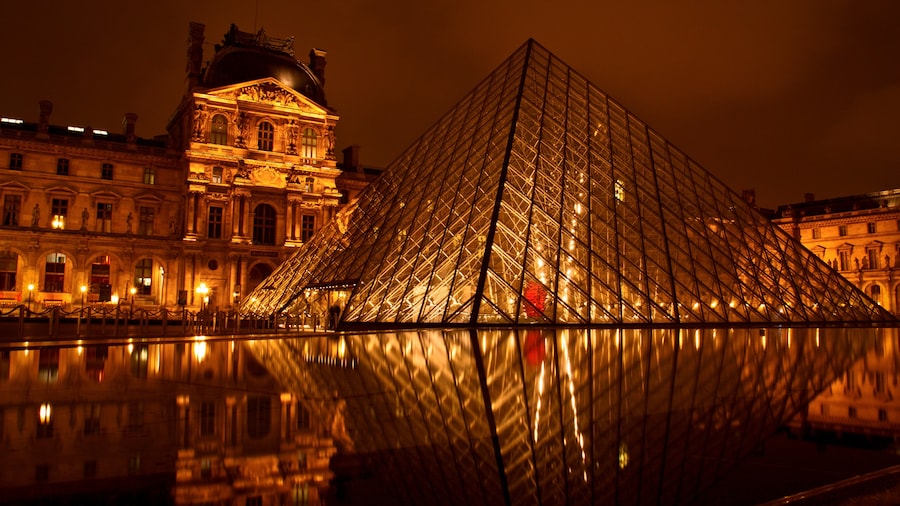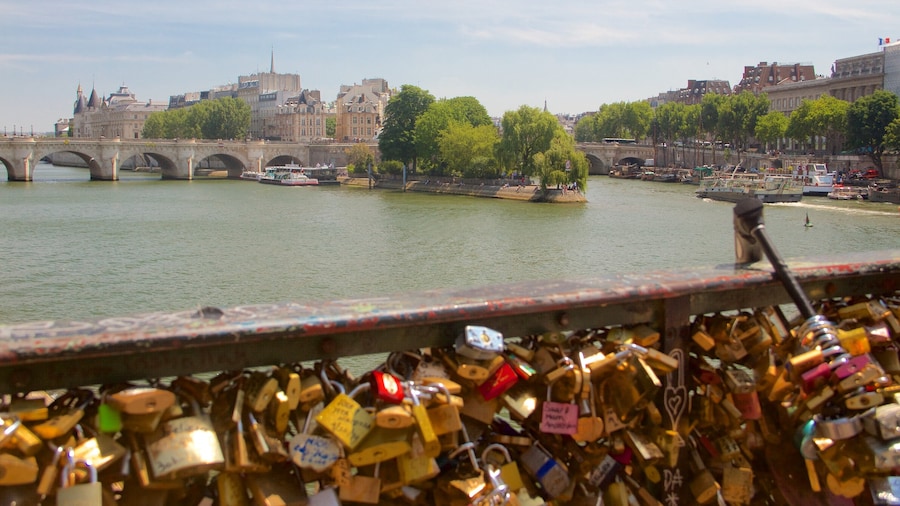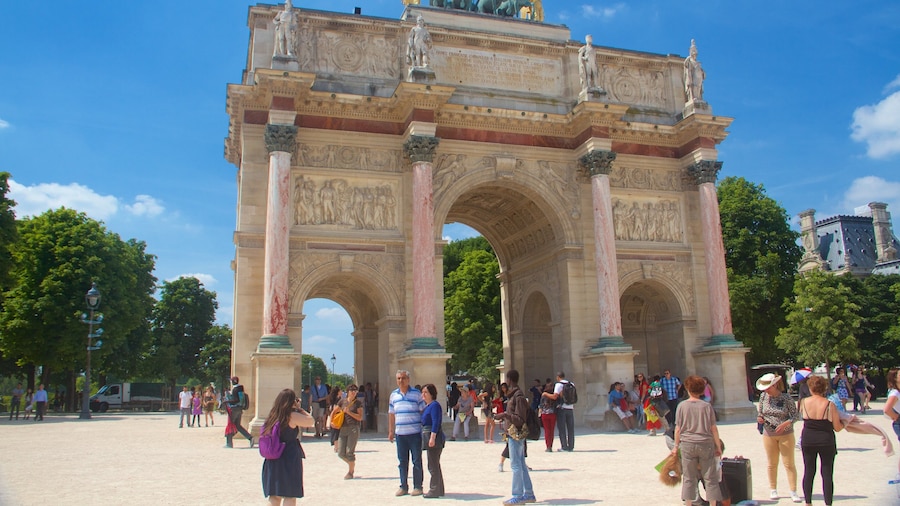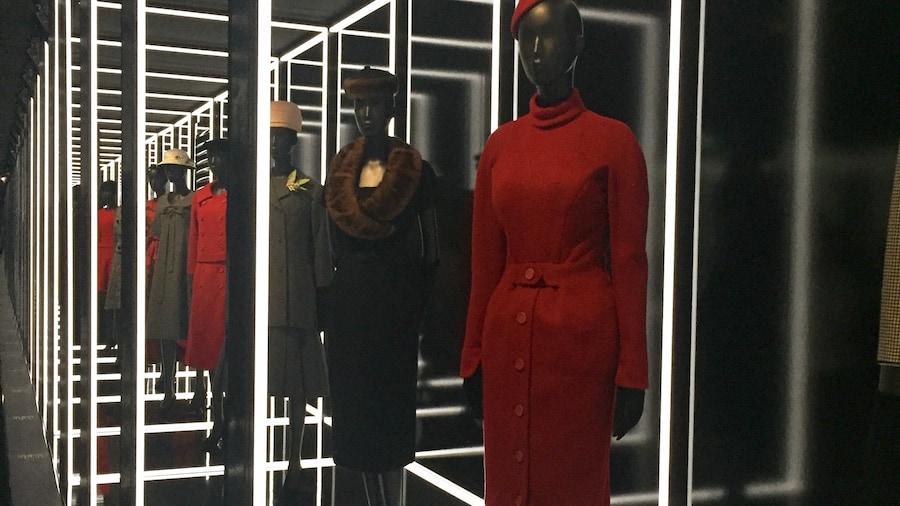This internationally renowned museum houses some of the most famous art in the world, from the enigmatic Mona Lisa to the ancient Venus de Milo.
A former palace, today the Musée du Louvre now houses a collection of art that is worthy of several kings. This enormous building contains many kilometres of corridors, making it one of the largest museums in the world. It is easy to spend an entire day exploring the centuries of artworks on display here – the museum houses everything from paintings, sculptures, decorative arts, Near Eastern antiquities, Egyptian antiquities, Islamic art, prints and drawings, to Greek, Etruscan and Roman antiquities. Some of the oldest objects in the collections date from 5000 BC, with the most recent coming from the 19th century.
The Louvre is known for its showstopper pieces, including the marble statues Winged Victory of Samothrace and Venus de Milo, and, of course, Leonardo da Vinci’s famous Mona Lisa. These exhibits always attract large crowds, so prepare to be patient – but they are well worth the inevitable wait, and the surrounding masterpieces are worthy of examination in their own right as you queue.
This is a vast museum and houses more items than anyone can appreciate in a single day. To avoid feeling overwhelmed, plan your day in advance, noting the key works you wish to see and the types of art that particularly interest you. The museum is divided into three wings: Denon, Sully and Richelieu, each housing different collections from different periods. The museum is well signposted and the maps provided are excellent guides, but it is a good idea to visit the Louvre website for a more detailed insight and for information on visiting exhibits. Alternatively, you can join one of the 90-minute guided tours for an overview of the Louvre and its main pieces before exploring it yourself, or rent an audio guide.
Despite its long-standing place in Parisians’ hearts, the Louvre still managed to shock when the Pyramide du Louvre (Louvre Pyramid) was built in the centre of the palace’s main courtyard, the Cour Napoléon in 1989. This steel and glass structure provides a stark contrast with the surrounding classic architecture and creates an light and airy atmosphere in the main entrance hall which is situated directly below it.
The Louvre is located in the centre of Paris, on the Right Bank of the Seine, in the 1st arrondissement. There are three entrances: the main entrance at the pyramid, an entrance from the Carrousel du Louvre underground shopping centre and an entrance at the Porte des Lions (near the western end of the Denon wing). Tickets can be purchased at the main entrance, under the Pyramid, or – to beat the queues – buy them online or from one of the many shops throughout France that offer them. The museum is accessible by public transport, including boat, and parking is available.

